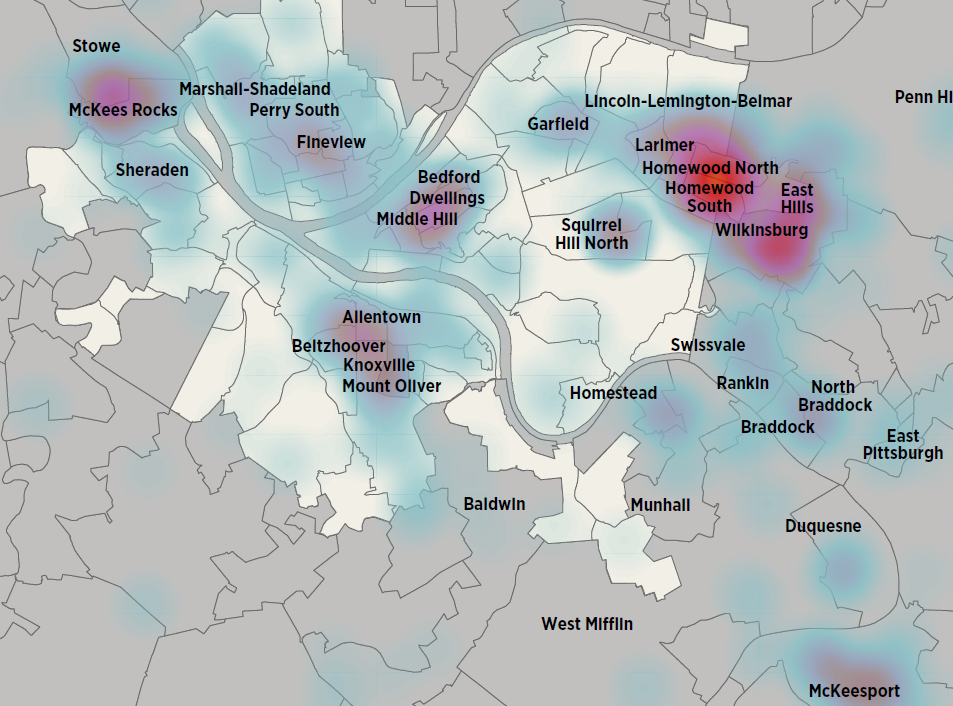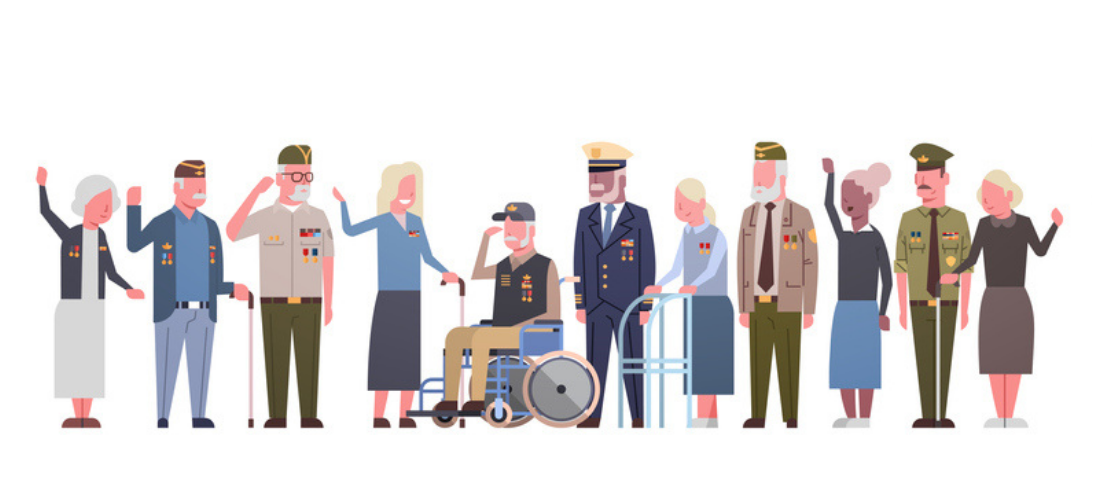The Latinx population of Allegheny County is growing fast. It is important to understand this community’s demographics, geographic locations, and how our social, health and human services systems are and are not meeting their needs so we can strengthen families and advance the health and wellness that are crucial to supporting the local Latinx community.
What is the Latinx needs assessment?
In early 2020 the Latinx community asked Allegheny County Department of Human Services (DHS) to commission a community needs assessment. DHS issued a Request for Proposals (RFP) in August 2020, and a review committee selected Metis Associates as the successful proposer. The RFP is available here. Award details and the successful proposal is available here.
The assessment, which was conducted between January and September 2021, was a collaboration between Metis Associates, a research firm from New York; MonWin, an urban planning firm in Pittsburgh; and several community researchers. The assessment includes interviews with community leaders and service providers, focus groups with community members, and a review of public and administrative data sources.
What is the Service Utilization by Latinx Communities Data Brief?
To accompany the findings of the needs assessment, DHS conducted the following analyses to describe Latinx use of human services, publicly funded health services and involvement with the criminal justice system within Allegheny County. The analysis describes participation rates of people identifying as Latinx in 1) family and child services, 2) physical and behavioral health services, 3) aging services, 4) developmental support services, 5) income supports, 6) housing and homeless supports, and 7) criminal and juvenile justice involvement.








